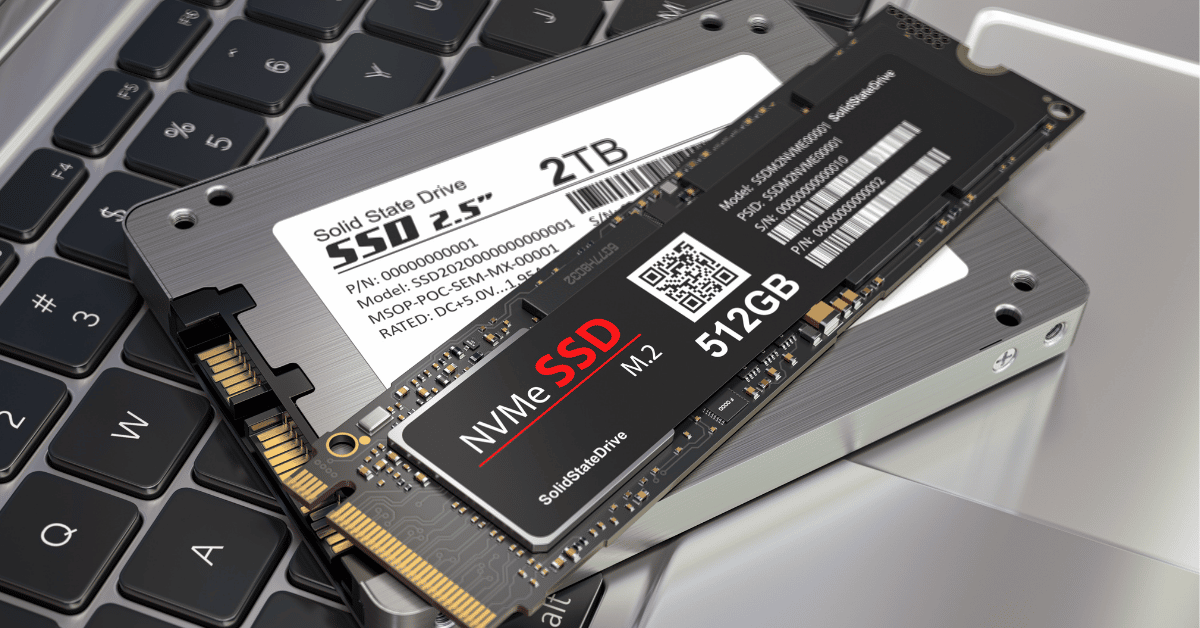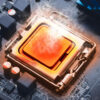Solid State Drives (SSDs) are used to store data and they have a stronger resistance to physical shocks compared with the electromechanical drives. They also run much more quietly and have lower latency and quicker access time.
SSDs can use newer interfaces and form factors to leverage the specific benefits of flash memory, or use conventional HDD (hard disk drives) interfaces and form factors. Standard HDD form factors and traditional interfaces (like SAS and SATA) enable this kind of SSD to be utilized as a drop-in replacement for HDD in devices and computers.
A solid state drive is made up of a storage unit (DRAM chip or NAND Flash chip), a control unit, an interface, and an optional cache unit. You know that Solid State Drives (SSDs) are often used to store data, but do you know there are different types of SSDs? Generally, SSDs can be classified based on 2 factors: interface and memory.
In this post, let’s look at the best performing SSDs that are used in different industries based on the interface.
SATA Solid State Drives 
This is the most common type of solid state drive. Serial ATA (SATA) is a kind of connection interface that is used by SSDs to relay data to the system. If you have a SATA SSD, you can be assured that it can be used with any computer – laptop or desktop – no matter how old it is.
SATA features a speed grade; you may have noticed SATA 3 and SATA 2 in SSDs considered for use (known as SATA III/SATA 6Gbps or SATA II/SATA 3Gbps respectively). These refer to the maximum available data transfer rate of the SSD, given that it is installed in a computer that has a SATA interface that is compatible with the same standard.SATA 3.0 is considered the most versatile kind of SSD these days thanks to its transfer speed of 750MB/s (6Gb/s). However, its actual transfer speed is 4.8Gb/s since some physical overhead always occurs when you encode the data to be transferred.
M.2 Solid State Drives
Previously known as Next Generation Form Factor (NGFF), M.2 SSDs are essentially tiny circuit boards made up of controller chips and flash memory. These solid state drives look very similar to RAM but they are way smaller.
M.2 SSD has become the go-to configuration in desktop motherboards and ultra-thin notebook computers. Several high-end motherboards these days actually feature more than one M.2 slots.
U.2 and M.2 PCIe Solid State Drives
This is a SSD hard drive and is connected to a computer system using a Peripheral Component Interconnect Express (PCIe) interface. This one has become a popular way to enhance the speed of SSDs to storage devices and servers.
Since PCIe has a super fast expansion bus standard, it can replace the traditional AGP, PCI-X, and PCI bus standards. PCIe is now also used as a standard motherboard interface for Ethernet hardware connection, Wi-Fi, SSD, hard drive, and graphics cards.
Accelerated Memory Production Inc. Offers Different SSD Solutions For Different Applications
Looking for custom-configure solid state drives to fit specialized requirements in endurance, thermal, encryption and other configurations? Accelerated Memory Production, Inc. can help. Customization is our specialty – thanks to our 14+ years of experience as a true manufacturer in compliance with AS9100D, we have absolute control over production, design, and supply of our products.
Regardless of how specialized your organization’s requirements are, we are fully capable of meeting and exceeding them. To know more about AMP Inc.’s extensive range of products and offerings, call us at 714-460-9800 or fill out this contact form.





